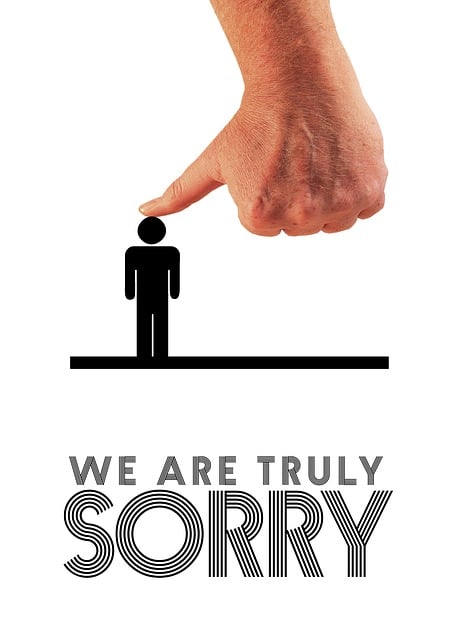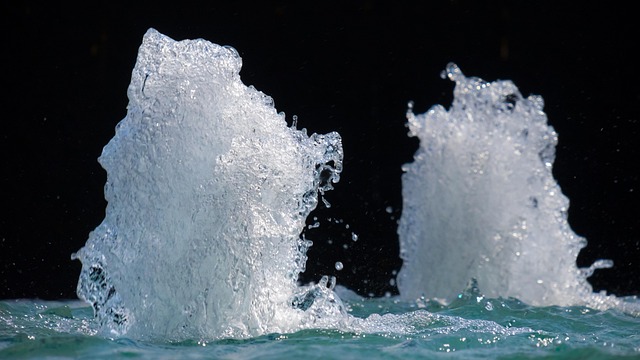Low water pressure can be caused by leaks in pipes, fittings, or appliances, as well as mineral buildup or clogging due to hard water or organic matter. Regular maintenance and prompt repair of leaks are crucial to prevent waste and ensure consistent water pressure. Clogged pipes from debris like hair, soap scum, grease, and mineral deposits can also significantly reduce water velocity and pressure, necessitating regular cleaning to maintain optimal water pressure and avoid plumbing emergencies.
Low water pressure can be a persistent irritant, but it’s often a hidden problem. This article delves into the causes of low water pressure, revealing common plumbing issues like leaks, clogged pipes, and corroded fixtures, as well as less obvious culprits such as inadequate water supply, improper plumbing sizing, and outdated systems. By understanding these root causes, you can effectively diagnose and resolve pressure problems, ensuring a steady flow of water in your home.
- Identifying Common Plumbing Issues That Impact Water Pressure
- – Leaks and Drips: How they reduce water supply and pressure.
- – Clogged Pipes: The effect of obstructions on water flow.
Identifying Common Plumbing Issues That Impact Water Pressure

Low water pressure can be a result of several common plumbing issues that often go unnoticed until they become severe. One of the primary causes is leaks within the plumbing system, which can occur in pipes, fittings, or appliances like faucets and showerheads. Over time, even small leaks can significantly reduce water pressure by diverting a substantial amount of water from its intended path.
Another leading factor is mineral buildup or clogging in pipes. Hard water, rich in minerals, can lead to the formation of scale inside pipes, restricting water flow. Similarly, organic matter, hair, and soap scum can accumulate in pipes, creating blockages that limit the amount of water passing through. Identifying these issues early on is crucial for maintaining optimal water pressure and preventing more complex plumbing problems.
– Leaks and Drips: How they reduce water supply and pressure.

Leaks and drips are among the most common yet often overlooked causes of low water pressure in homes. Even a tiny leak can waste a significant amount of water over time, reducing the overall supply available to your plumbing system. As water escapes, so does the pressure that could be powering your showers, faucets, and appliances. Over time, these seemingly insignificant drips add up to substantial water loss, leading to weaker water flow and pressure drops.
Whether it’s a leaky faucet, a damaged pipe, or a poorly sealed joint, addressing leaks promptly is crucial in maintaining optimal water pressure. Ignoring them can not only lead to higher water bills but also contribute to unnecessary strain on your plumbing system. Regular maintenance and prompt repair of leaks are essential steps in ensuring your home’s water pressure remains consistent and strong.
– Clogged Pipes: The effect of obstructions on water flow.

Clogged pipes are one of the most common causes of low water pressure in homes and buildings. Over time, various debris such as hair, soap scum, grease, and even mineral deposits can accumulate inside the plumbing system, creating obstructions that restrict water flow. These blockages can occur in both supply lines and drainage systems, leading to a significant reduction in water pressure throughout the entire property.
When pipes become clogged, water is forced to navigate around these obstacles, resulting in reduced velocity and pressure. This not only affects the strength of your shower or faucet but can also cause issues with appliances like dishwashers and washing machines that rely on consistent water pressure. Regular maintenance and cleaning are essential to prevent clogs and ensure optimal water pressure, ultimately saving you from potential plumbing emergencies.
Understanding the hidden plumbing problems that cause low water pressure is essential in maintaining a robust and efficient home water system. Leaks and drips, often overlooked, significantly reduce the water supply and pressure over time. Similarly, clogged pipes can obstruct water flow, leading to decreased pressure. By identifying and addressing these issues promptly, homeowners can ensure optimal water pressure and avoid unnecessary strain on their plumbing systems. Regular maintenance and prompt action against these hidden culprits are key to keeping your water pressure strong.
